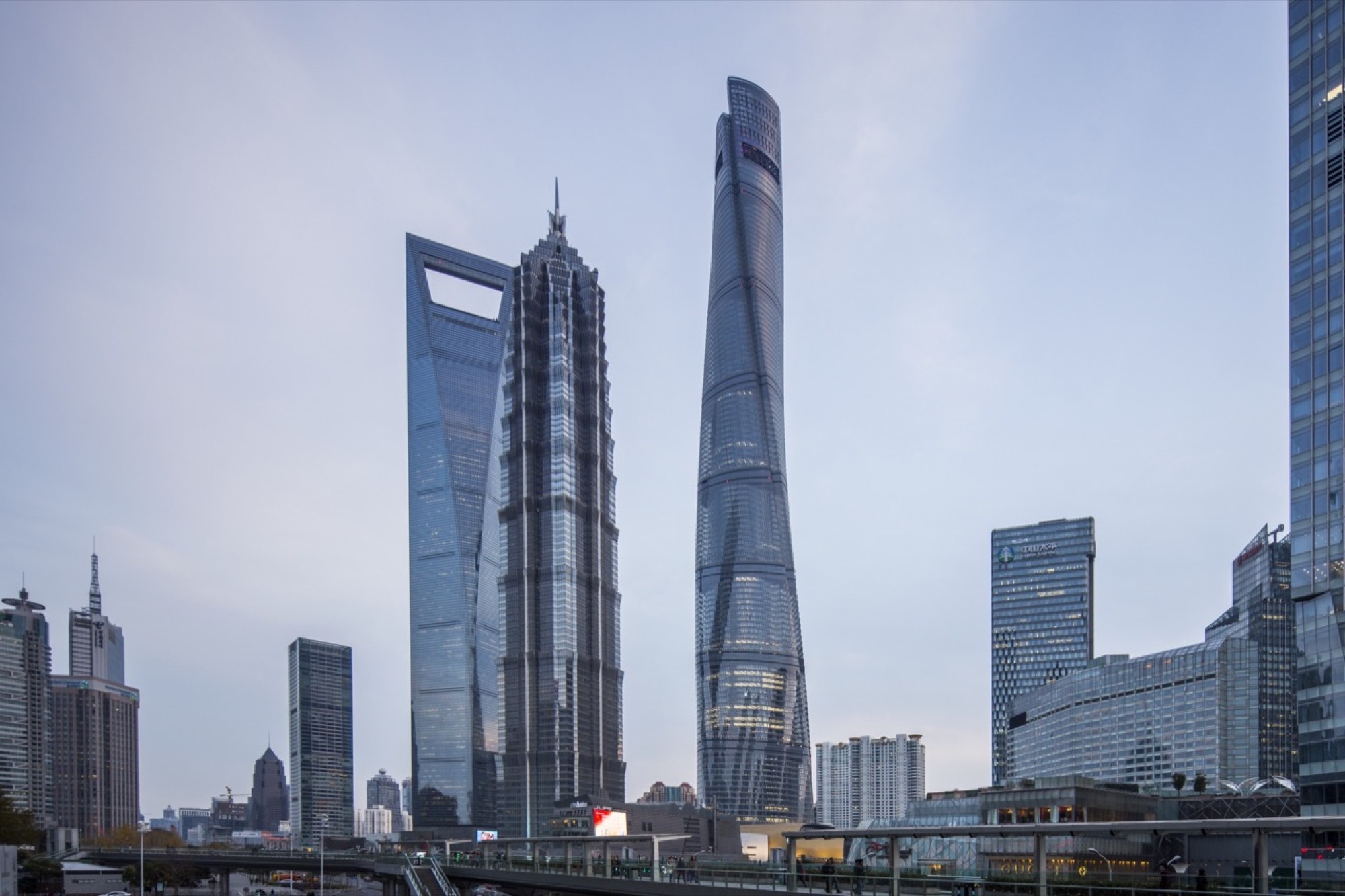Designed by Gensler and completed in 2015, the 2,073 foot-tall Shanghai Tower (pictured in the center) has a seemingly endless list of records: tallest building in China, second tallest in the world, world’s tallest observation deck, and the world’s second-fastest elevator system. Yet, shockingly, that list almost pales in comparison with the fact that the firm’s design of the building—an asymmetrical form with rounded corners—saved some $58 million in material cost versus a traditional angular build of the same size. “The tower’s asymmetrical form, its tapering profile, and its rounded corners allows the building to withstand the typhoon-force winds that are common in Shanghai,” says Xiaomei Lee, Gensler’s regional managing principal in China, and project director of the Shanghai Tower. “Using a wind tunnel test conducted in a Canadian lab, Gensler refined the tower’s form, which reduced building wind loads by 24 percent. The result came in the form of a lighter structure, saving $58 million in costs for required materials.”
https://www.architecturaldigest.com/story/buildings-redefined-architecture-past-5-years
image courtesy- https://www.archdaily.com/783216/shanghai-tower-gensler
